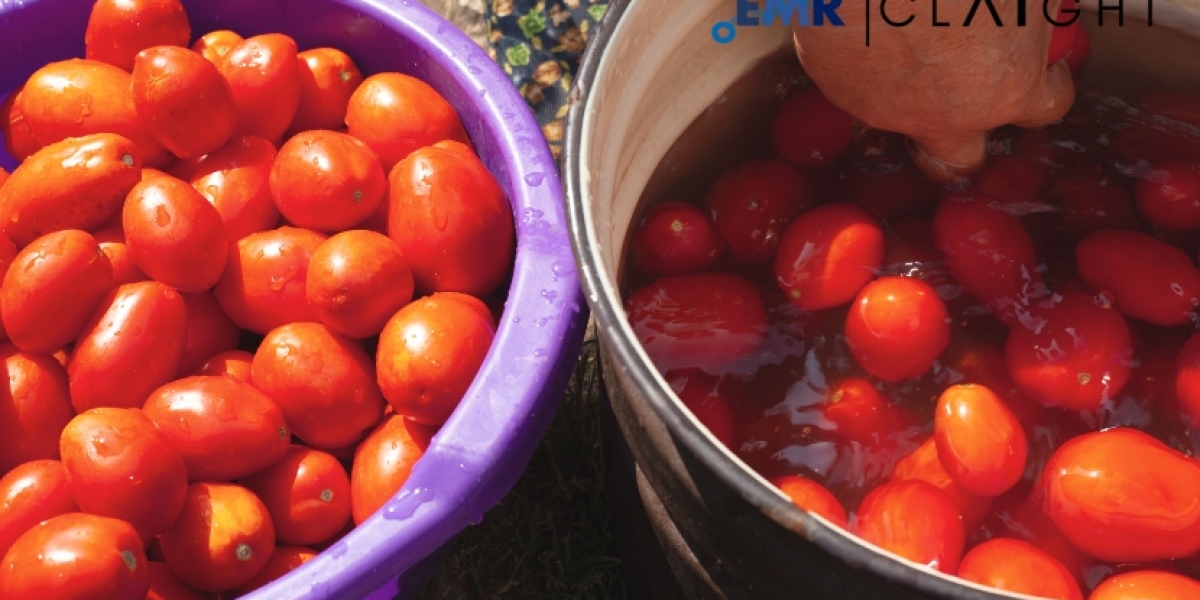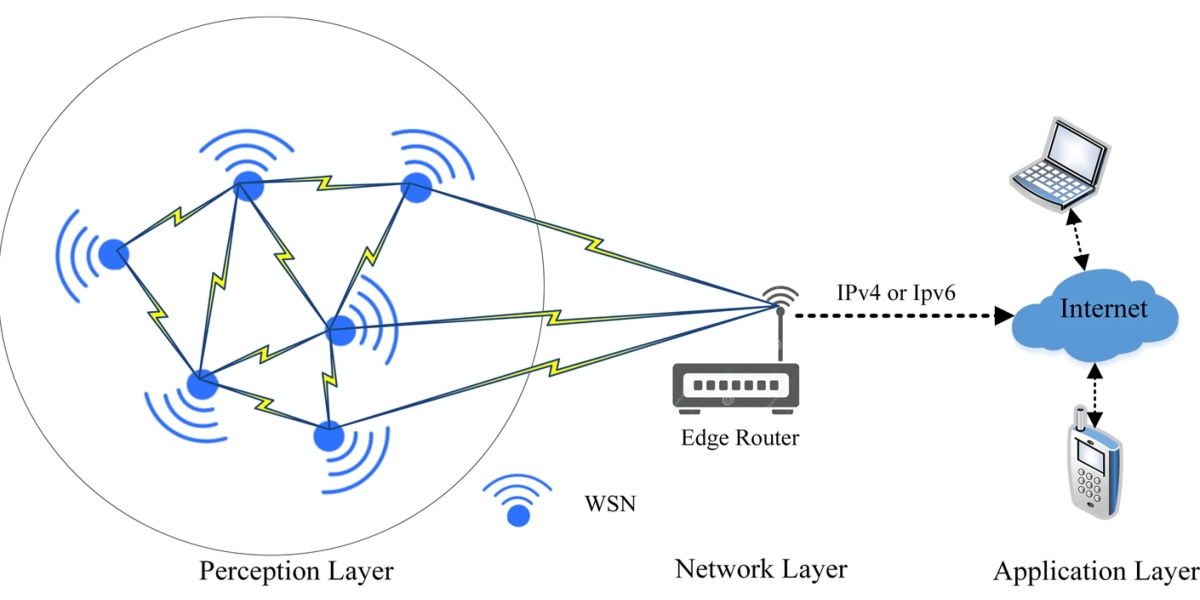The global tomato processing market is witnessing significant growth, driven by rising production and consumption of processed tomatoes. In 2023, the consumption of processed tomatoes reached 82.54 million tons, with projections indicating further growth at a compound annual growth rate (CAGR) of 3.8% during the forecast period of 2024-2032. This increase is expected to result in a consumption volume of 115.46 million tons by 2032. Parallelly, global tomato production, which attained 79.52 million tons in 2023, is also projected to grow at a CAGR of 3.8% to reach 99.46 million tons by 2032.
Key Production Regions
The Asia Pacific region stands as the largest producer of tomatoes, accounting for over half of the global production. The Middle East and Africa follow as significant producers. Meanwhile, the United States leads in tomato processing, commanding over 35% of the global market share. In 2017, tomatoes comprised 70% of the total processing vegetables in the United States, with 22,011.7 million pounds selected for processing. Valued at USD 912 million in 2017, tomatoes were also the leading crops in terms of processing-vegetable farm value. Other notable markets include Italy, China, Turkey, and Iran.
Trade Dynamics
The international trade of processed tomatoes has seen interesting trends. For instance, imports of processed tomatoes from Ukraine to the EU increased by 17% in 2017 compared to 2016, driven by a competitive market and a decline in imports from China. The trend continued with Ukraine’s exports to the EU rising by 15% in 2018 from the previous year. Similarly, the EU’s imports of fresh tomatoes saw an 8% increase in 2017, supported by a 42% growth in imports from Turkey.
Market Segmentation
Tomato processing has evolved significantly since its inception in 1847 with manual canning. Today, it is a highly organized industry generating billions in sales. The processed tomatoes market is segmented based on end-use products and distribution channels.
End-Use Products:
- Sauces
- Paste
- Canned Tomatoes
- Ketchup
- Juice
- Others
Distribution Channels:
- Supermarkets and Hypermarkets
- Convenience Stores
- Specialty Stores
- Online Stores
- Others
The EMR report analyzes regional markets including North America, Latin America, the Middle East and Africa, Europe, and the Asia Pacific.
Market Analysis
Only about one-fifth of the tomatoes produced globally are processed, with the majority consumed fresh. Among processed tomatoes, sauces represent the largest application segment, accounting for nearly 30% of global applications. In 2018, around 12 million tons of sauces were consumed worldwide. Tomato pastes also dominate the market, finding extensive applications.
The global tomato processing market is propelled by the wide-ranging applications of processed tomatoes in households, food processing, snack foods, and the foodservice industry, including hotels, restaurants, and fast-food chains. The thriving fast-food industry globally significantly boosts market growth. Additionally, the growing organized retail sector further fuels market expansion.
Processed tomatoes offer several health benefits and have a longer shelf life, driving their demand. Tomato puree, in particular, is crucial as it is used in various value-added products such as tomato juice, ketchup, paste, strained tomato pulp, pickles, pasta, pizza sauces, salsa, gravies, ready-to-eat curries, and tomato-based powder products.
Regional Production Trends
Despite a decline in global production of processed tomatoes in 2018, markets like California experienced a 13% increase compared to the previous year. In the European Union, which accounts for 11% of global tomato production, production for processing increased by 6% in 2017 compared to 2016, with 11.5 million tons processed in 2017.
Competitive Landscape
The global tomato processing market features several key players, each contributing to its competitive landscape. Notable companies include:
- Campbell Soup Company (NYSE)
- J.G. Boswell Tomato Company
- Chumak Company
- Morning Star Company
- CONESA Group
- Others
These companies engage in various activities like mergers, acquisitions, investments, capacity expansions, and plant turnarounds to strengthen their market positions.
SWOT and Porter's Five Forces Analysis
The comprehensive EMR report provides an in-depth assessment of the tomato processing market based on Porter's five forces model and a SWOT analysis. This analysis helps in understanding the market dynamics, competitive pressures, potential opportunities, and threats.
The global tomato processing market is poised for significant growth, driven by increasing production and consumption, extensive applications in various sectors, and expanding distribution channels. With regions like the Asia Pacific leading in production and the United States dominating in processing, the market offers numerous opportunities for stakeholders. The ongoing trends in international trade and the competitive strategies of key players further shape the market dynamics, ensuring its robust growth in the coming years.









